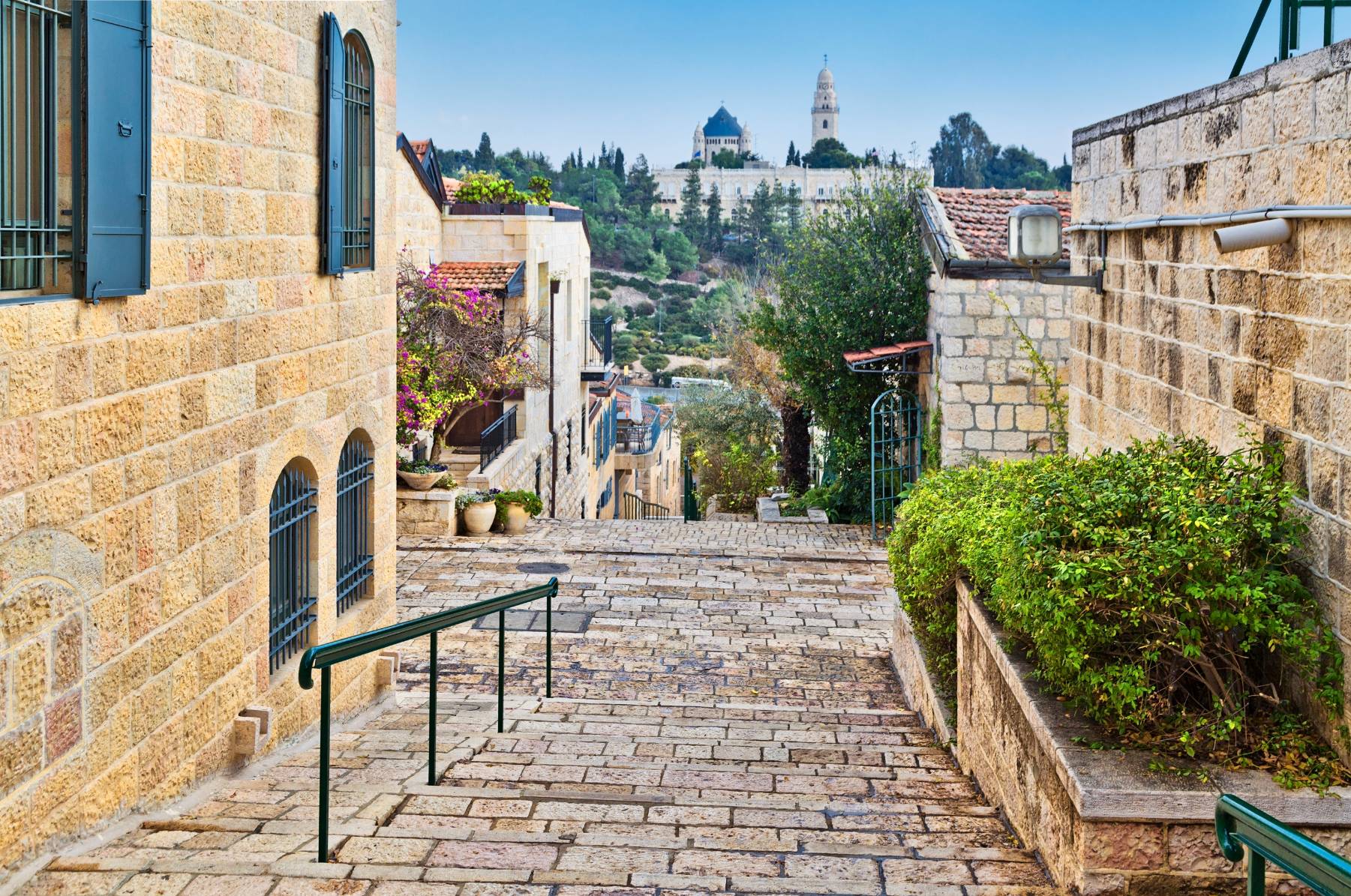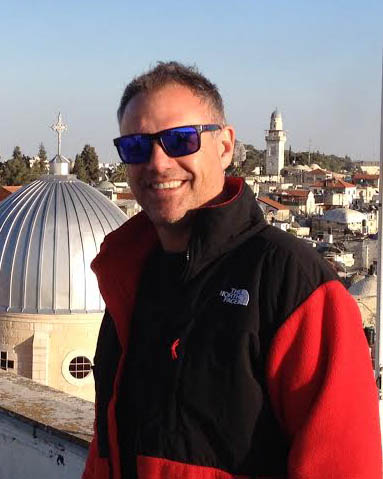Part of my experience in Jewish and Zionist education was the several courses I taught at an American high school in Israel program in Israel. It’s an incredible opportunity for youth to experience the land and its history in programs that last several months traveling throughout the Israel from its most ancient archeological sites to modern sites, marking pivotal moments in history. Unfortunately not all of us have this amount of time on our hands, but even on shorter tours I try and make a point of making the itineraries come together in a way that they make sense thematically and logistically. A journey through the land of Israel presents dilemmas in this regard, as many tours in Israel start in Tel Aviv.
Tel Aviv does present opportunities to delve back into history as ancient Jaffa now part of Tel Aviv is a good place to start a single day tour of that city as well as a multiple day tour of the whole of Israel place to start an extended tour, but it is the first Hebrew speaking city created in the modern era and where the modern state of Israel declared its independence in 1948.
I often joke that starting a tour in Tel Aviv is like watching a Quintin Tarantino movie. It starts close to the end of the story, but then during the duration of an extended tour, we have a chance to delve back into history at other sites around the country in order to understand how and why we arrived in Tel Aviv in the first place…
But what if you have just one day? Well, Jerusalem of course
It’s not uncommon for people arriving in Israel especially those on business trips to have only time for a one day tour. If a client approaches me who is a first timer to Israel and asks me what should I see, my answer of course would be the city of Jerusalem. Not only is Jerusalem home to the holiest sites in both Judaism and Christianity the city presents an opportunity to take an exciting journey through time like no other place in the country in a relatively compact place.
Starting our tour with an inspiring and beautiful view of Jerusalem
There are several places that provide a great vantage point where the entire city, old city and new city is within view. Both the Mount of Olives just to the east of the Old city and Goldman plaza just to the south provide not just beautiful views but views that contain a sweeping view of history. That said the former tends to experience heavy traffic and in order to save time we often wind up at the latter. Here we will take several minutes for a sweeping view of Jewish history but also discuss the importance of Jerusalem to Christianity and Islam. For example we see the Temple Mount in our view. This is the spot where scripture tells us that Abraham was told to bring Isaac to be sacrificed, 3,700 years ago, but also the site of both Jewish temples that stood and were destroyed in antiquity. Panning to the left we see the holy sepulcher dome before we pan back to right to explain how Islam placed a a mosque and a shrine marking the traditional site where Mohammad prayed and then ascended to heaven.
From here we will also touch upon the growth of Jerusalem in the modern era outside of the walled city, and have an opportunity to discuss more recent geopolitical issues.
Jerusalem’s ancient treasures don’t appear in a straight chronological timeline. There is overlapping and we usually see multiple layers of history, but incredibly we can walk from one area to another, and from one major time period to another in what is essentially a circular tour. We can achieve this with hardly a zig or a zag, and without backtracking while seeing major sites that the old city has to offer, but also some off-the-beaten-path sites.
The Origins of Jerusalem and the Old City
Our chronological tour of Jerusalem continues as we head to the City of David located just south of the current Old City Walls of Jerusalem. Here we learn about the city’s origins seeing with our own eyes how the soldiers of King David took the city 3,000 years ago making it our eternal capital. We see where his son Solomon was coronated, and how a later Jewish king named Hezikiah saved the city with the digging of a tunnel to allow the city’s water supply to a secure area deeper within the city’s walls. In a place designated archeological area G, we see evidence of the destruction of the city by the Babylonians 2500 years ago as well as the return from exile a mere 50 years later.
Now that we have a good base of knowledge about what is known as the first temple period, we are ready to tackle the second temple period with a visit to the Southern Wall excavations at the base of the Temple Mount to explore ruins directly related to that second temple and its destruction by the hands of Roman legionaries 2000 years ago.
The First Century marks an important period for both Jews and Christians
Out of the ashes of Jerusalem’s destruction Judaism must adapt to the new reality where its political and spiritual capital has been reduced to rubble. It’s interesting to point out that not only does a more portable Judaism begin to develop, but that the first century marks the beginnings of Christianity as well.
We visit the Western Wall which today is the closest place that Jews can gather as a community to where our temple stood. Exiting the Western Wall plaza to the north we head to the Via Dolorosa which represents the path that Roman soldiers forced Jesus to walk on the way to his crucifixion and holiest spot on Earth for Christians, the Church of the Holy Sepulchre.
Into the Jewish Quarter
We cross into the Jewish Quarter and onto a Roman street known as the Cardo. This is the perfect place to begin in the quarter for the continuation of our chronological tour. The Cardo was built in the the year 135ce as part of a completely romanized Jerusalem after the disastrous Bar Kochva revolt against Rome. Hundreds of thousands of Jews died and the Jewish people lost the area around Jerusalem known as Judea as a center of Jewish civilization.
We contemplate what the loss of the country meant for the Jewish people as we walk along the Cardo, but the Jewish people will never forget Jerusalem and as we climb the stairs and exit the Cardo, the synagogues of Jerusalem come into view built by Jews. Throughout the centuries Jerusalem was under successive foreign occupations. These synagogues built by Sephardic and Ashkenazi Jewry present us with an opportunity to discuss Jewish life in exile.
We have arrived in the modern era. The state of Israel is born, but within two weeks of Israel’s independence the Jordanians manage to capture the city and expel its Jewish inhabitants. The city was divided for 19 years but in 1967, after the Jordanians attacked western Israeli controlled Jerusalem during the Six Day War, Israel’s counterattack brought the Jewish quarter as well as the entire old city of Jerusalem and its outskirts into our hands.
We exit the old city walls via the Zion gate where we see a plaque dedicated to the IDF combat engineers who helped liberate and unite the city in 1967…


